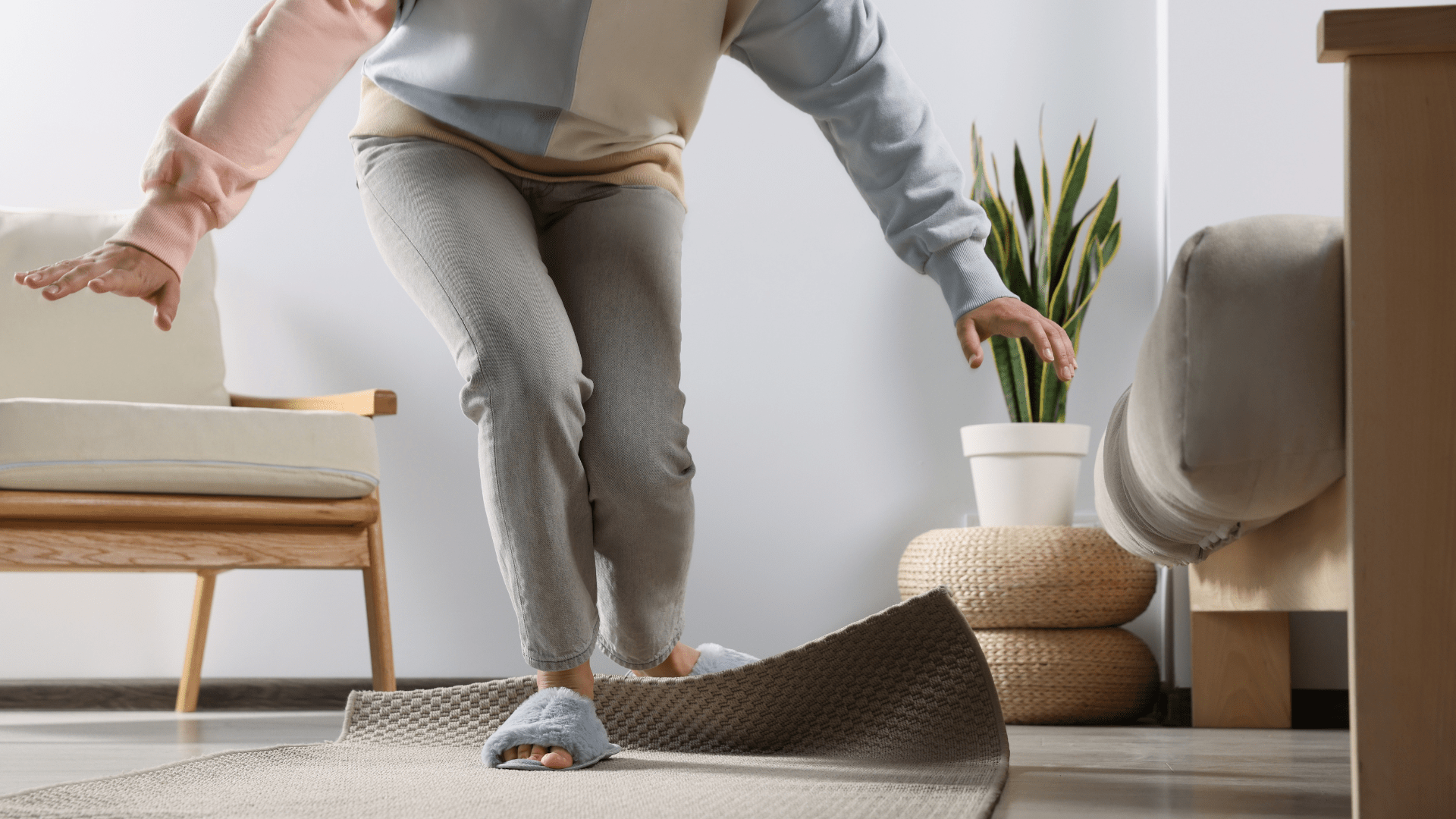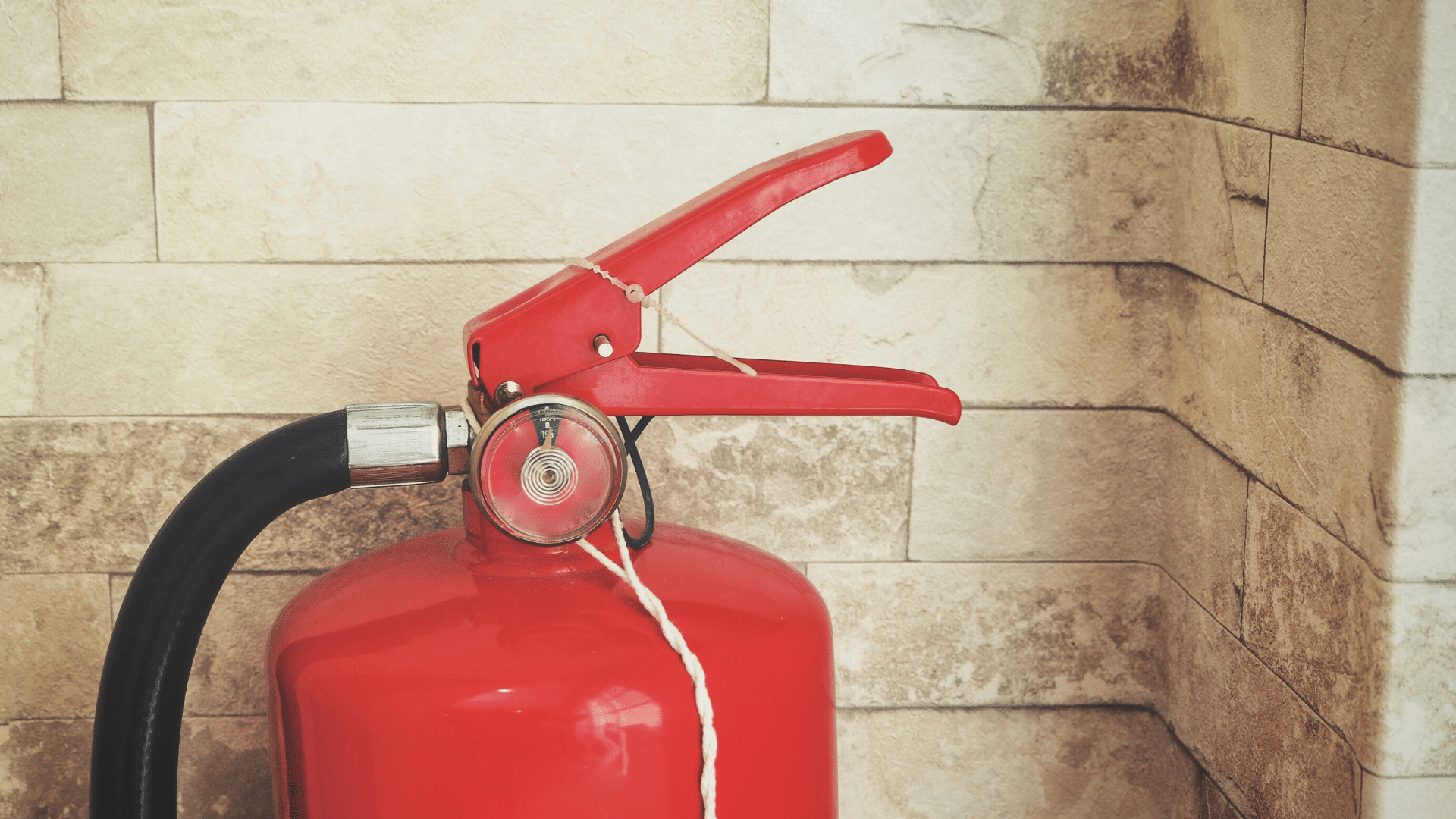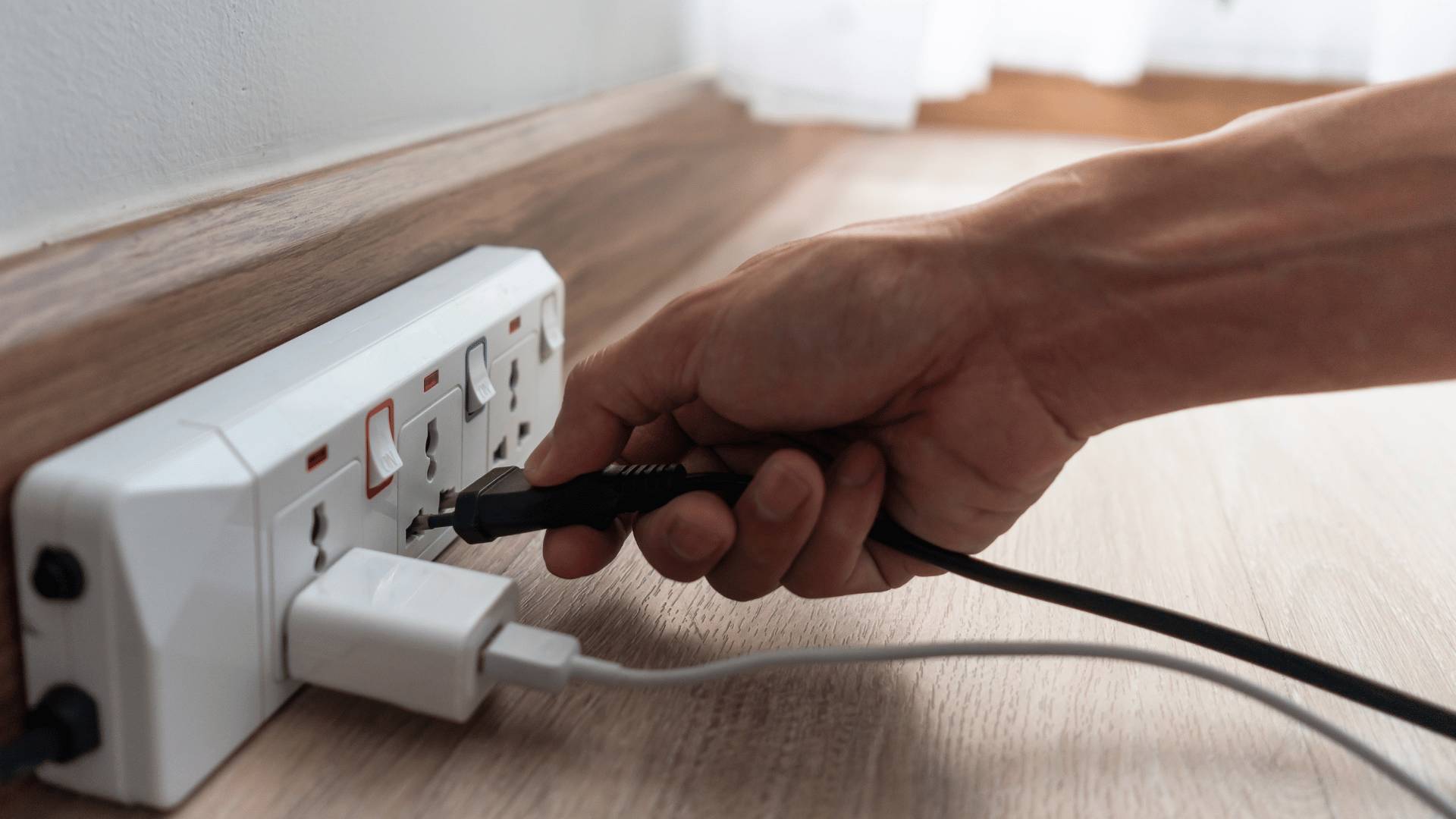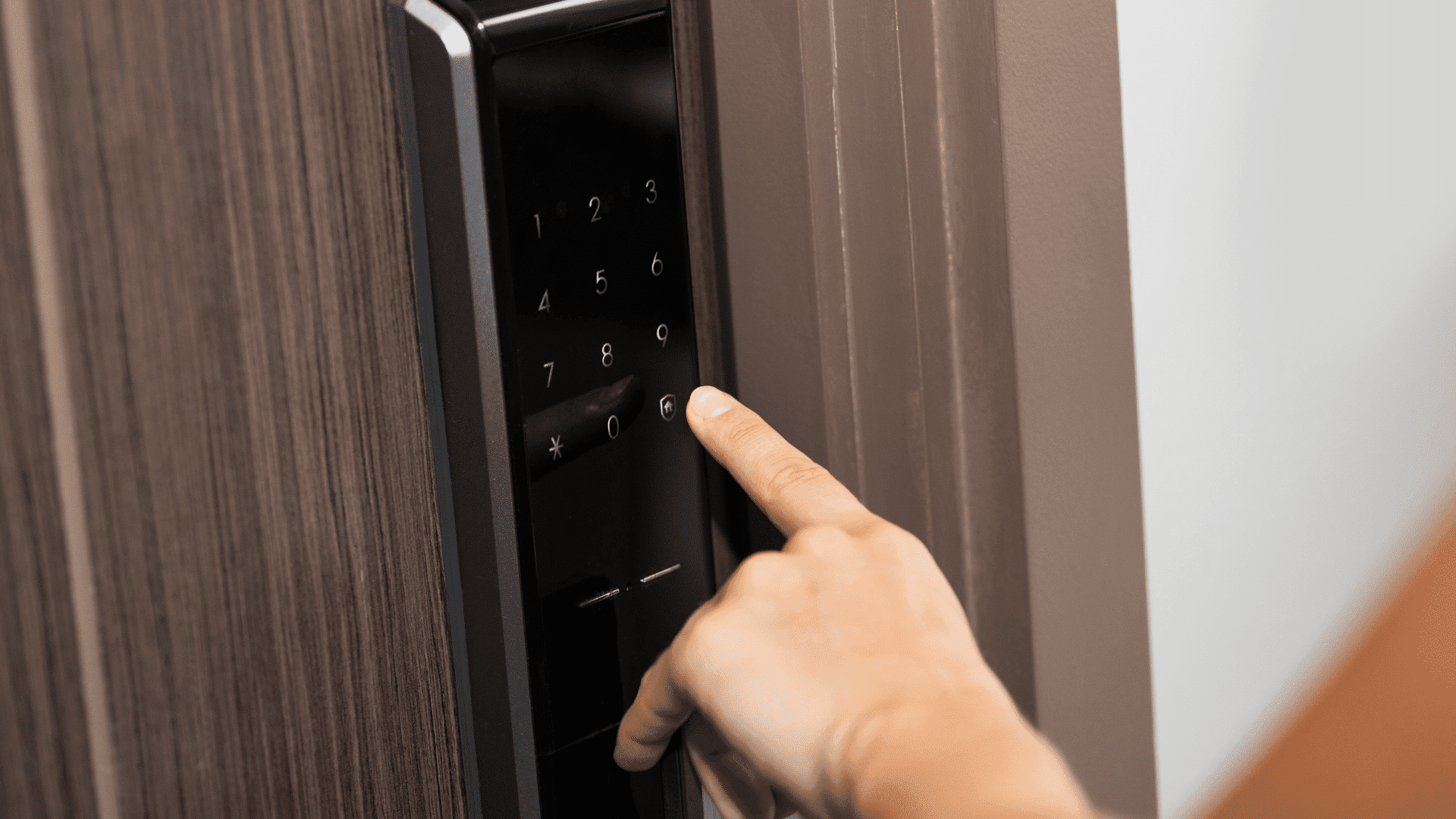Ensuring a secure living environment is of utmost importance for the well-being of your family in the Philippines. Many accidents and injuries occur within the confines of our homes due to various safety hazards. Recognizing and addressing these potential dangers is crucial to prevent mishaps and uphold a safe living space. Here are some prevalent safety hazards that you should be aware of, nine common safety hazards specific to homes in the Philippines:
Tripping Hazards: Cluttered pathways, loose rugs, and uneven flooring can lead to tripping incidents. It's essential to keep walkways clear of objects, secure rugs with non-slip pads, and promptly attend to any uneven surfaces.
Electrical Concerns: Damaged cords, overloaded outlets, and faulty wiring can result in electrical shocks and fires. Regularly inspect cords for wear and tear, avoid plugging in too many devices, and seek professional help for electrical repairs.
Slippery Surfaces: Wet floors, especially in areas like bathrooms and kitchens, can cause slips and falls. Utilize slip-resistant mats, install handrails in bathrooms, and quickly mop up spills.
Stairs and Steps: Absence of handrails, inadequate lighting, and clutter on stairs can lead to falls. Ensure staircases have handrails on both sides, provide sufficient lighting, and maintain stairs free from obstacles.
Fire Hazards: Unattended candles, overloaded power outlets, and malfunctioning appliances can escalate fire risks. Remember to extinguish candles when leaving a room, use power outlets responsibly, and regularly inspect appliances for any signs of damage.
Sharp Objects: Knives, scissors, and other sharp tools should be stored securely to prevent accidental cuts. Opt for knife blocks or magnetic strips, and store these items out of children's reach.
Poisonous Substances: Household cleaning agents, medications, and toxic plants should be stored in secure locations, away from children and pets. Install childproof locks on cabinets if necessary.
Furniture Stability: Unstable furniture, such as bookshelves and cabinets, can tip over and cause injuries, especially to children. Secure tall furniture to the wall using brackets or anchors.
Carbon Monoxide and Smoke Detectors: Properly functioning your carbon monoxide detector and smoke detectors are vital to safeguard against fires and gas leaks. Regularly test these detectors and replace batteries as needed.
Hot Surfaces and Liquids: Burns can occur from hot surfaces, liquids, and steam. Use protective mitts, keep hot beverages out of children's reach, and set water heaters to safe temperatures.
Windows and Balconies: Poorly secured windows and unprotected balconies can result in falls, particularly among young children. Install window locks and guards, and ensure balcony railings safety gates are sturdy and secure.
Unsecured Firearms: If you own firearms, ensure they are stored in a locked safe or cabinet, with ammunition stored separately.
Pets: While pets bring joy, they can also create hazards such as tripping, biting, or knocking things over. Train and supervise your pets to minimize potential risks.
Insufficient Lighting: Inadequate lighting can contribute to accidents, particularly in hallways, staircases, and outdoor areas. Install proper lighting and use nightlights where necessary.
Allergens and Irritants: Mold, dust, and other allergens can affect indoor air quality. Regular cleaning and ventilation of your home can reduce the risk of allergies and respiratory issues.
Conducting regular safety assessments, addressing potential hazards, and staying vigilant can significantly diminish the likelihood of accidents and injuries in and around your home in the Philippines. By maintaining a proactive approach to home safety, you can create a secure living environment that promotes the well-being of your loved ones.
Most Common Home Safety Hazards & How To Avoid Them
Home safety hazards can pose significant risks to you and your family, but with awareness and preventive measures, you can create a secure living environment. Among the most common hazards are tripping dangers like cluttered walkways and loose rugs. To avoid these, ensure pathways are clear and secure rugs with non-slip pads. Electrical issues, such as damaged cords and overloaded outlets, can lead to shocks and fires.
Regularly inspect cords, avoid overloading outlets, and seek professional help for wiring concerns. Slippery surfaces, particularly in bathrooms and kitchens, can result in slips and falls; mitigate this risk by using slip-resistant mats and promptly cleaning up spills. Poorly maintained stairs and steps can also lead to accidents, so ensure they are well-lit, free of clutter, and equipped with sturdy handrails. Fire hazards, like unattended candles and malfunctioning appliances, are avoidable through responsible usage and routine inspections.
Sharp objects such as knives should be stored safely, out of children's reach. Household chemicals and medications are potentially poisonous if ingested; secure them in childproof cabinets. Unstable furniture, especially in homes with children, should be anchored to the wall to prevent tip-overs.
Carbon monoxide and smoke detectors should be tested regularly to ensure they function correctly. Finally, proper lighting and secure window and balcony features are essential to prevent accidents. By taking these precautions, you can significantly reduce the risk of common home safety hazards and create a safer living space for you and your loved ones.
How safe is your home?
"Is your home truly a safe haven? Ensuring the safety of your living environment is paramount for your well-being and that of your family. Take a moment to assess potential hazards that might lurk within your living spaces. From tripping hazards like cluttered pathways to electrical concerns such as overloaded outlets, being aware of these risks empowers you to take proactive measures.
Make certain your home is equipped with functional, smoke alarms and carbon monoxide detectors, secure handrails on stairs, and slip-resistant surfaces. Store sharp objects and potentially harmful substances out of reach, and inspect furniture for stability. Regular safety checks and thoughtful adjustments can transform your house into a sanctuary where you can thrive with peace of mind."
Learn more about the hazards you haven't thought of at home
"Discovering the hidden hazards within your home can be an eye-opening journey towards creating a safer living space. While you might have addressed the obvious risks, there are often subtle dangers that go unnoticed. Take a closer look at your surroundings: are there unsecured furniture pieces that could tip over? Are your windows and balconies adequately guarded against potential falls? Have you considered the positioning of your window and electrical cords, and the possibility of fraying? Delving deeper into these lesser-known hazards can lead to insightful revelations about potential risks.
By expanding your awareness and actively seeking out these often-overlooked dangers, you can take the necessary steps to fortify your home's safety, offering you and your loved ones a haven of security."
"Every corner of your home holds the potential for unforeseen hazards that may not have crossed your mind. Have you thought about the proper storage of toxic substances or the placement of hot objects? What about the maintenance of smoke detectors or the security of your home's entry points? Exploring these less obvious safety concerns can empower you to address vulnerabilities that might have otherwise gone unnoticed.
Vigilance in learning about and mitigating these hazards transforms your home into a protective sanctuary, where your family can thrive without unnecessary risks. Taking the time to uncover these hidden dangers is a crucial step towards achieving comprehensive home safety."
Falls
"Falls, though often overlooked, pose a significant threat within the realm of home safety. They can occur anywhere, from staircases to slippery bathroom floors, and can result in serious injuries, particularly among the elderly and children. The impact of a fall extends beyond physical harm, often leading to emotional distress and increased medical expenses. To combat this risk, it's imperative to implement preventive measures. Secure handrails along staircases and ramps, install slip-resistant mats in high-risk areas, and maintain clutter-free pathways. Adequate lighting is crucial to illuminate potential hazards, and maintaining proper footwear can offer additional traction. By acknowledging the potential dangers of falls and taking proactive steps to prevent them, you can significantly enhance the safety of your living environment."
Hazards to Watch Out for Around the House
"As you go about your daily routines at home, it's important to remain vigilant for potential hazards that may be lurking in unexpected places. From seemingly harmless items to less conspicuous dangers, staying aware can help you create a safer living environment. Keep an eye out for tripping hazards like cords or clutter, which can lead to falls. Make sure rugs are secured and pathways are clear. Electrical hazards, such as frayed cords or overloaded outlets, can pose risks of shocks and fires. Regularly inspect your electrical systems and address any issues promptly. In addition, be cautious of sharp objects like knives and store them safely out of reach, especially if you have children. Household chemicals and medications should also be stored securely to prevent accidental ingestion. By remaining attentive and proactive, you can identify and address potential hazards before they escalate into dangerous situations."
"Windows, balconies, and staircases are often overlooked sources of potential danger. Unsecured windows and balconies can lead to falls, especially for young children. Install locks and guards to prevent accidents. Staircases without proper handrails or lighting can also contribute to falls, so ensure these areas are well-maintained and safe to use. Fire hazards, such as unattended candles or faulty appliances, can lead to devastating consequences. Practice responsible usage and regularly check your home's smoke detectors to ensure they are functioning properly. Finally, consider the overall layout of your home and the positioning of furniture. Unstable furniture can tip over, especially in households with curious children or pets. By identifying and addressing these often-overlooked hazards, you can take important steps towards making your home a haven of safety for you and your family."
Risks at the Back and Front Yard
"Beyond the walls of your home, both the front and back yards can harbor potential risks that require careful consideration. The front yard, often the first impression of your home, may contain hidden hazards such as uneven walkways or steps, which can lead to tripping accidents. Ensuring proper lighting and clear paths can mitigate these risks. Moreover, overgrown shrubs or trees close to power lines can pose electrical hazards during storms, necessitating regular trimming and maintenance. When it comes to 7 hazards around the house and backyard, be cautious of pools or other water features without adequate fencing or covers, which can present a drowning risk, particularly for young children. Properly securing these areas and implementing safety measures like pool alarms can help prevent tragic accidents."
"In the backyard, the presence of tools, chemicals, or equipment should be carefully managed to prevent accidental injuries. Garden tools, lawnmowers, and other machinery should be stored securely and out of reach of children. Chemicals, such as pesticides and fertilizers, should be properly stored and labeled to avoid accidental ingestion or exposure. Additionally, assess the structural integrity of any play equipment or treehouses, ensuring they are sturdy and well-maintained to prevent falls. Proper drainage and grading are also vital to prevent flooding and water buildup, which can lead to slips and potential foundation issues. By acknowledging and addressing these risks in both the front and back yards, you can create a safer outdoor space that enhances the overall security and well-being of your household."
Why It's Important To Be Aware Of Potential Dangers In The Home
"Understanding and being aware of potential dangers within your home is paramount to ensuring the safety and well-being of you and your loved ones. Many accidents and injuries can be prevented through proactive measures and vigilant awareness. By recognizing and addressing hazards such as tripping risks, faulty wiring, or unsecured furniture, you not only minimize the likelihood of accidents but also create an environment where everyone can thrive with confidence. Being conscious of less obvious dangers like carbon monoxide poisoning from leaks or unattended candles further underscores the need for constant diligence."
Make Windows Safe for Kids
"Ensuring the safety of your children at home involves addressing potential hazards, and making windows safe is a crucial step in this endeavor. Unsecured windows can pose a serious risk, particularly for curious children who may inadvertently open them or lean against screens. To mitigate this danger, consider installing window guards or locks that limit how far the window can be opened. Window stops can also be employed to prevent windows from being fully opened, while still allowing for proper ventilation. Regularly inspect the condition of screens to ensure they are secure and free from damage. Additionally, move furniture or other objects away from windows to discourage climbing and access. By taking these precautions, you create a secure environment where your children can enjoy natural light and fresh air without compromising their safety."
Fires
"Fires represent a formidable and potentially devastating fire hazard within homes, emphasizing the critical importance of fire safety measures. Unattended candles, overloaded electrical circuits, malfunctioning appliances, and even cooking accidents can swiftly escalate into destructive blazes. To counter this risk, adopting proactive steps is paramount. Ensure the presence of functional smoke detectors on every floor of your home and regularly test them to guarantee their effectiveness. Develop and practice a well-defined fire escape plan with your family, specifying designated meeting points and evacuation routes. Educate household members, particularly children, on the proper use of fire extinguishers and the importance of promptly alerting authorities in case of fire."
"Minimizing fire hazards involves practicing vigilance in daily routines. Keep flammable materials away from heat sources and exercise caution while cooking. Unplug appliances when not in use and avoid overloading power outlets. Properly store flammable liquids, such as cleaning agents, in a secure location. Emphasize safe habits, like never leaving candles unattended and extinguishing them before leaving a room. Regular maintenance of heating systems and chimneys, as well as inspection of electrical wiring, can further mitigate fire risks. By being well-prepared and adopting preventive measures, you can significantly reduce the likelihood of fires, safeguarding your home and loved ones from this potentially catastrophic danger."
Electrical Safety at Home
"Electrical safety within the home is paramount to prevent accidents, fires, and potential harm to residents. Faulty wiring, overloaded outlets, and neglected appliances can pose significant risks. Regularly inspect your home's electrical system, looking for signs of frayed cords, exposed wires, or scorch marks around outlets. Avoid overloading outlets by using power strips with built-in surge protectors and never daisy-chain multiple power strips together. Ensure that electrical cords are in good condition and avoid placing them under rugs or heavy furniture where they can become damaged. Install childproof outlet covers to prevent young children from inserting objects into outlets. If you encounter any electrical issues, it's crucial to seek the expertise of a qualified electrician to address them promptly."
"Investing in ground fault circuit interrupters (GFCIs) for areas near water sources, such as bathrooms and kitchens, adds an extra layer of protection against electrical shocks. Routinely check the functionality of GFCIs by pressing the 'test' and 'reset' buttons. Unplug appliances when not in use to prevent phantom energy consumption and reduce the risk of electrical fires. Ensure that all outdoor electrical equipment, such as extension cords and holiday lights, is specifically rated for outdoor use. By adhering to these safety practices and staying vigilant, you can minimize electrical hazards and create a secure environment where the power in your home is harnessed safely for your convenience and comfort."
For more information on Vista Residences, email [email protected], follow @VistaResidencesOfficial on Facebook, Twitter, Instagram, and YouTube, or call the Marketing Office at 0999 886 4262 / 0917 582 5167.







